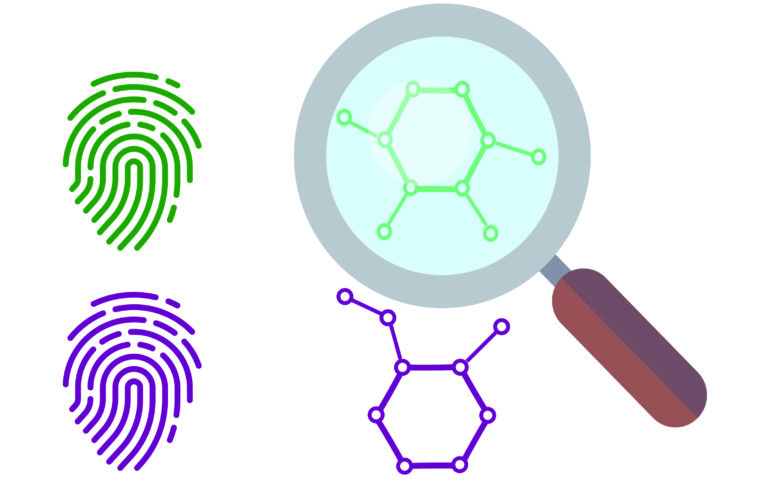A new screening method that can test the effectiveness of therapeutic molecules designed to ‘glue’ proteins together in the body has been developed by researchers at the University of Birmingham and the University of Leicester.
The research paves the way for drug developers to screen large numbers of potential new drug compounds to discover new treatments for diseases such as breast cancer and Parkinson’s disease.
The ways in which proteins interact with each other are fundamental to all cell functions. These interactions underpin every function of a healthy body, with any slight change in these interactions resulting in disease.
A handful of drugs have been designed that can break apart these interactions, and this serves to disrupt the progress of the disease. However, in some diseases, the problem is caused by protein interactions not happening, or not happening in the right way. So new drugs that work by ‘gluing’ these proteins together would be highly effective, but finding them is not straightforward.
In this study, Chemical Science, researchers in the University of Birmingham’s School of Biosciences have designed a system that uses mass spectrometry to measure the precise mass of a pair of proteins, plus the ‘glue’, to identify which ‘glue’ is the strongest and thus will likely be the most successful in treating the disease.
Lead author Dr. Aneika Leney said: “A healthy body depends very much on the cells’ proteins being able to signal effectively. Any wrong signal can lead to disease and that could be the wrong proteins sticking together—or proteins not joining up as they should. We want a drug that corrects for this. Our methods provides a ‘snapshot’ of what is happening to the proteins when we add a potential drug so we can see quickly whether the ‘glue’ is working”
The team worked with chemical biologists at the University of Leicester to test the method on therapeutic compounds being studied by co-lead author Dr. Richard Doveston and his team.
Dr. Doveston says: Looking for molecules that act as glues is not easy because things are complicated by having two proteins in the mix. At the early stage of development we often just want to find molecules that are good starting points for development, so they might not be that good as glues at this stage. The current high-throughput screening methods available to us are usually not very effective in this context. The mass spectrometry method is great because we can learn so much from the data and it can be gathered relatively easily and quickly.
Because the glue compounds are highly specific to the identified proteins, interactions with other proteins are rare, so the therapy is unlikely to produce any unlooked-for effects.”
Dr. Leney adds: “We hope our approach will be taken up by pharmaceutical companies and used to rapidly screen and test promising drug compounds that can bind proteins together to deliver a therapeutic benefit.”
How to find molecular glues to effectively target diseases
More information:
Doveston, Leney et al. Discovering protein-protein interaction stabilisers by native mass spectrometry. Chemical Science (2021).
Provided by
University of Birmingham
Citation:
New approach will help identify drugs that can ‘glue’ proteins together (2021, July 7)
retrieved 7 July 2021
from https://phys.org/news/2021-07-approach-drugs-proteins.html
This document is subject to copyright. Apart from any fair dealing for the purpose of private study or research, no
part may be reproduced without the written permission. The content is provided for information purposes only.



